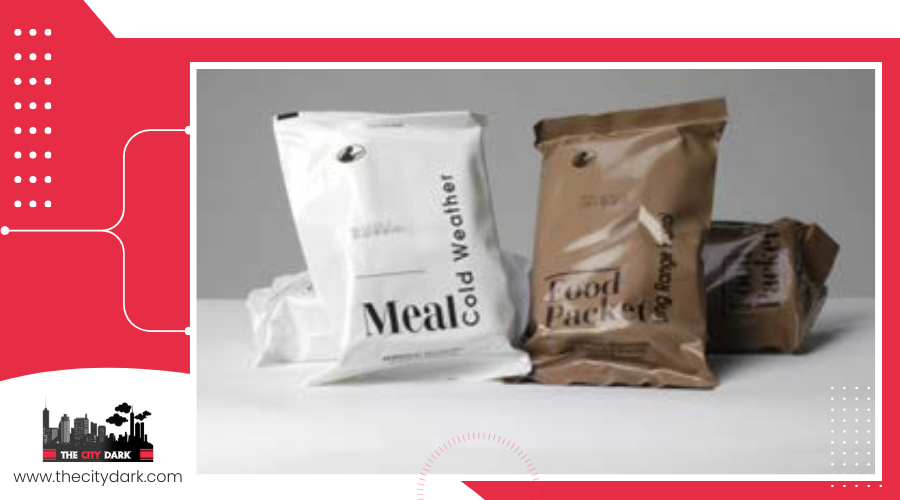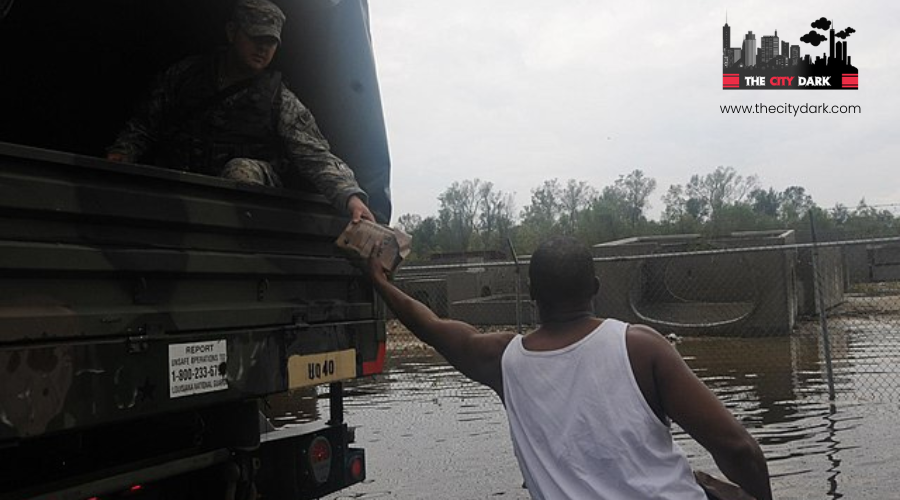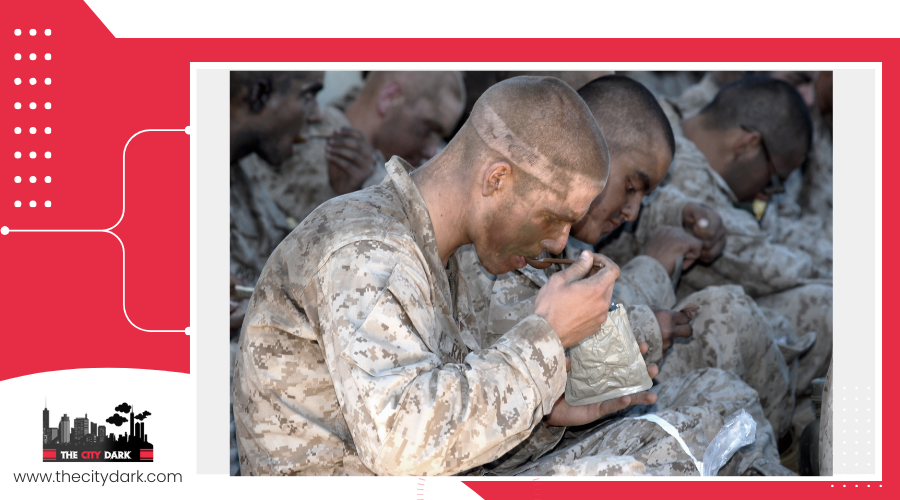How Long Are MREs Good For? Storage Tips Inside
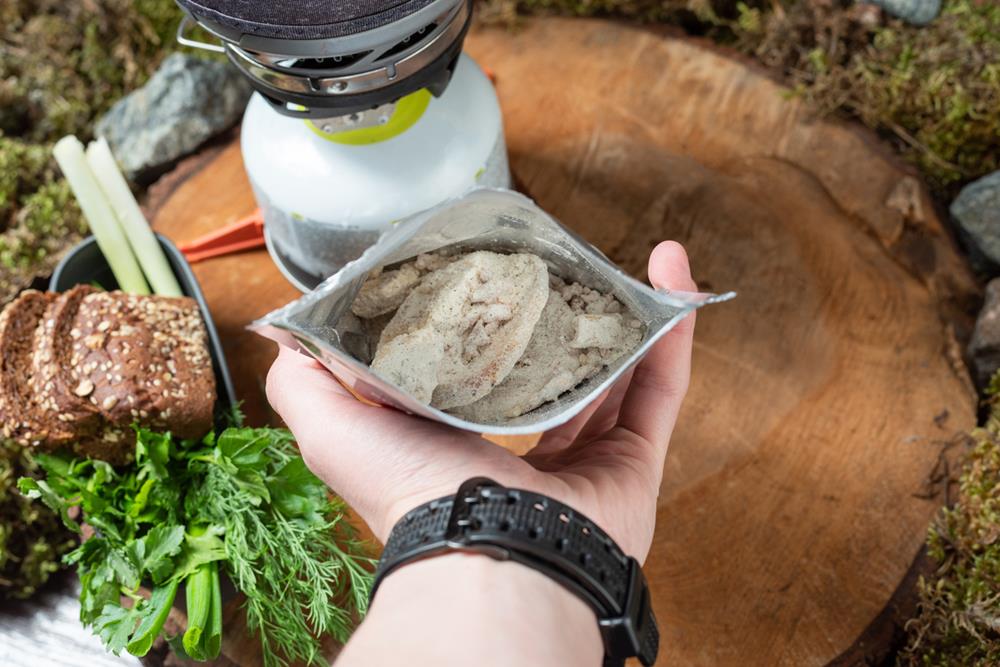
MREs—Meals Ready to Eat—are a go-to staple for military personnel, survivalists, and emergency preppers alike. Known for their durability and convenience, MREs can be a lifesaver in times of crisis. But how long do they actually last? The answer depends on a few key factors, including storage conditions and packaging dates.
In this article, we’ll break down the typical shelf life of MREs, what affects their longevity, how to tell if one has gone bad, and the best ways to store them to maximize freshness and reliability when you need them most.
Understanding MRE Shelf Life
Knowing how long your MREs (Meals Ready to Eat) will last is key to maintaining a reliable emergency food supply. While MREs are built for durability, their shelf life largely depends on how they’re stored.
Typical Shelf Life by Temperature
50°F (10°C): Up to 5 years
80°F (27°C): Around 3 years
100°F (38°C): As little as 6 months
The cooler and more stable the environment, the longer your MREs will remain safe and edible. Avoid extreme heat, which quickly degrades both flavor and nutritional value.
No Expiration Date—Look for Julian Dates
MREs don’t have traditional expiration dates. Instead, they use Julian date codes to indicate the manufacturing date. Familiarizing yourself with these can help you track age and rotate supplies effectively.Check Freshness with TTIs
Some MREs include Time Temperature Indicators (TTIs)—small circles on the packaging that change color based on heat exposure. If the inner circle is lighter than the outer ring, the MRE is still considered good.
With a long shelf life, compact packaging, and balanced nutrition, MREs remain a top choice for emergency preparedness, field operations, and disaster relief—just make sure they’re stored properly to maximize their usefulness.
The Role of Temperature in MRE Longevity

Temperature is one of the most critical factors affecting how long MREs stay safe and effective. Simply put—the cooler the storage conditions, the longer they last.
At 50°F (10°C): Shelf life extends up to 5 years
At 80°F (27°C): Expect around 3 years
At 100°F (38°C): Shelf life drops to just 6 months
This dramatic difference highlights why proper storage is key. For maximum longevity, aim to store MREs in a cool, dry, and dark environment, ideally at 60°F (15°C) or lower. Under ideal conditions, some MREs may remain viable for 7 years or more.
Modern MRE packaging now includes temperature monitoring features, helping users track exposure and ensure meals remain within safe temperature ranges—preserving both quality and nutrition over time.
Recognizing Signs of Spoilage in MREs
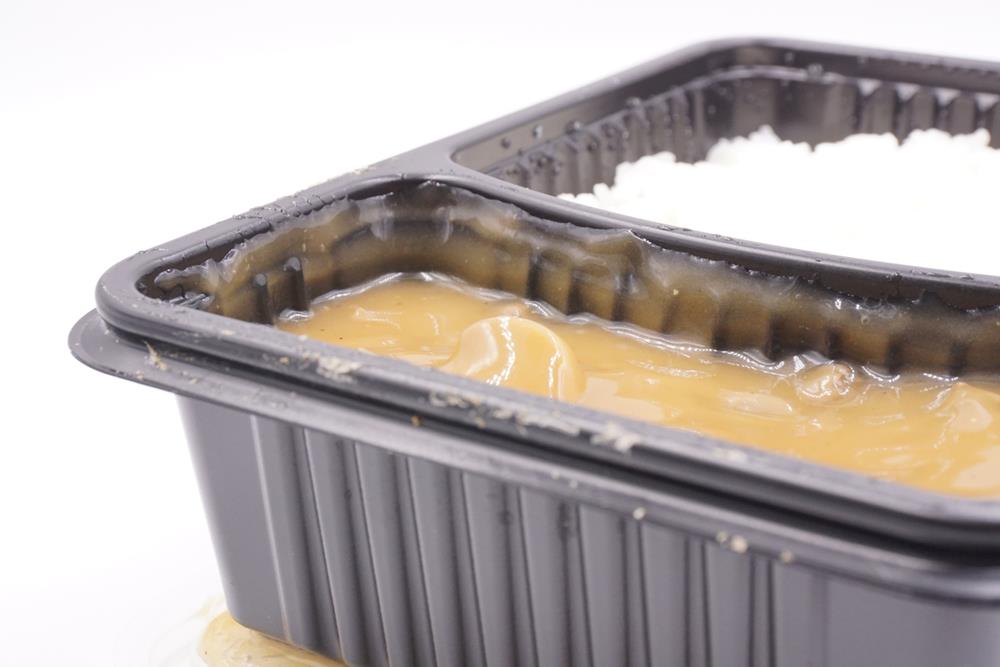
While maintaining ideal storage temperatures is essential for extending the lifespan of MREs, it's just as significant to recognize when they might've gone bad. Regularly inspecting MREs will help you identify spoilage signs early. Be on the lookout for:
- Damaged packaging: Tears or punctures can introduce oxygen, compromising the contents.
- Swollen packaging: This often indicates bacterial growth, rendering the MRE unsafe.
- Unpleasant smells: Any off-odors upon opening suggest the MRE has spoiled.
- High temperatures: Storage in such conditions can degrade quality, so inspect closely.
- Off-flavors: If the taste is unusual, it’s best not to consume it.
MREs last up to 5 years under optimal conditions, making them a practical choice for long-term emergency preparedness.
Best Practices for Storing MREs
Proper storage is essential for maximizing the shelf life and safety of your MREs. Follow these best practices to ensure your emergency meals stay in top condition:
Keep It Cool, Dry, and Dark
Store MREs in a temperature-controlled environment, ideally around 60°F (15°C). This aligns with military guidelines for optimal longevity and helps prevent heat-related spoilage.Elevate Off the Ground
Use shelves, bins, or pallets to keep MREs off the floor. This protects them from moisture, pests, and potential temperature fluctuations near ground level.Avoid Freezing
While cold storage extends shelf life, do not freeze MREs. Freeze-thaw cycles can cause packaging to crack or break, compromising the contents.Protect from Sunlight and Rodents
Store in a dark, enclosed space away from direct sunlight and ensure the area is secure from rodents or insects.Inspect Packaging Regularly
Check for swelling, punctures, or leaks. Damaged packaging can allow air or bacteria inside, making the contents unsafe.Use Temperature Indicators
Consider using temperature monitoring devices or Time Temperature Indicators (TTIs) to ensure your MREs are staying within a safe range over time.
With the right storage approach, your MREs will remain dependable, nutritious, and ready to use when you need them most.
Evaluating MRE Freshness With TTIS
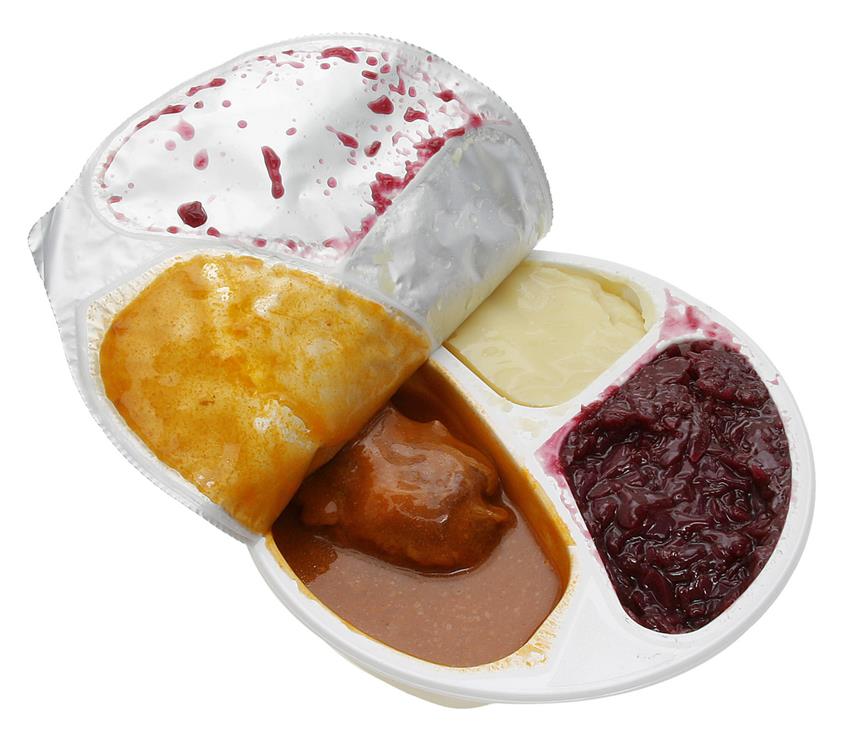
To accurately evaluate the freshness of your MREs, you can rely on Time Temperature Indicators (TTIs), which were introduced in 1997.
These indicators help you determine if MREs are still good by analyzing temperature exposure over time.
- Check the TTI: Verify the inner circle is lighter than the outer; this means the MRE has been stored correctly.
- Know the stages: TTIs have five stages, from Stage 0 (best) to Stage 5 (worst).
- Consider storage conditions: MREs last around three years at 80°F but can extend up to ten years if kept cooler.
- Note the manufacturing date: Helps predict potential expiration date.
- Rotate stock: Regularly check TTIs to consume MREs before they degrade.
Exploring Alternatives for Long-Term Food Storage
Once you're familiar with monitoring MRE freshness using TTIs, it’s worth exploring other reliable options for long-term food storage.
Freeze-Dried Meals
These are one of the most popular alternatives, offering a shelf life of up to 25 years when stored properly. They’re lightweight, easy to prepare with hot water, and retain much of their original flavor and nutrition—ideal for emergency preparedness.Ready-to-Eat Meals with Heaters
Similar to MREs, these come with self-heating elements for convenience. While not all have the same durability or nutrient balance as military-grade MREs, they offer simplicity and portability for short-term use.Budget-Friendly Pantry Staples
Items like instant oatmeal, flavored rice, and dry pasta are affordable, easy to store, and often last several years—making them excellent low-cost additions to your emergency supply.Modern Packaged Meal Kits
Many companies now offer pre-packaged meals using MRE-style technology with extended shelf lives, improved flavor profiles, and easier prep. These are designed for both survivalists and everyday consumers.
No matter the option, always store your supplies in a cool, dry, and dark location, and regularly check the integrity of packaging to ensure your food remains safe and usable. Diversifying your food storage with a mix of MREs and alternatives can improve both the resilience and flexibility of your emergency plan.

